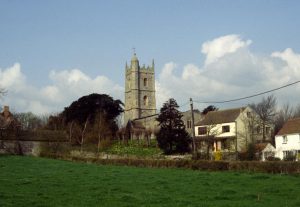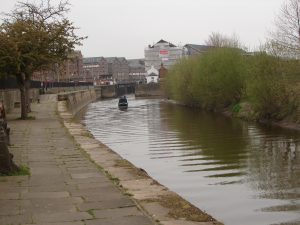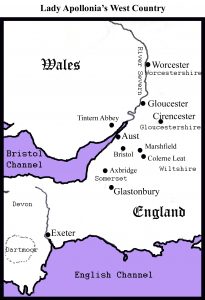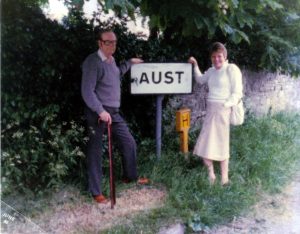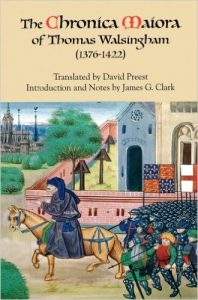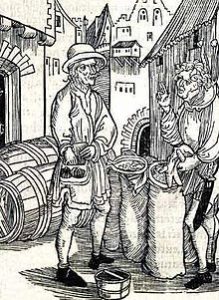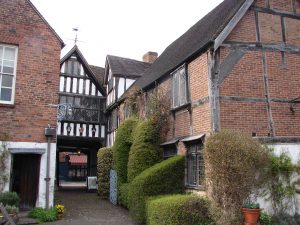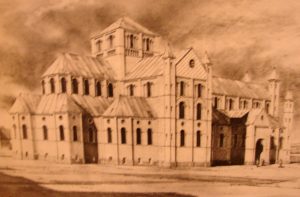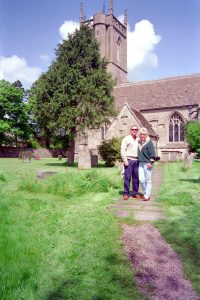 Marshfield and Colerne are two ancient English villages which I portray as settings in the life of my heroine, the Lady Apollonia, in Effigy of the Cloven Hoof, my first novel in the Lady Apollonia West Country mystery series. Marshfield in Gloucestershire is the fictional Lady’s birthplace. She is of noble birth, her father being the Earl of Marshfield. Colerne Leat was the name I used for her home village after her first marriage to the knight, Geoffrey Montecute. It is, of course, based on Colerne in Wiltshire. Despite being in different shires, the two villages are less than five miles apart, a ten-minute drive and a walkable distance in medieval times.
Marshfield and Colerne are two ancient English villages which I portray as settings in the life of my heroine, the Lady Apollonia, in Effigy of the Cloven Hoof, my first novel in the Lady Apollonia West Country mystery series. Marshfield in Gloucestershire is the fictional Lady’s birthplace. She is of noble birth, her father being the Earl of Marshfield. Colerne Leat was the name I used for her home village after her first marriage to the knight, Geoffrey Montecute. It is, of course, based on Colerne in Wiltshire. Despite being in different shires, the two villages are less than five miles apart, a ten-minute drive and a walkable distance in medieval times.
I chose the two villages for personal and family reasons. My grandmother was born in Marshfield from which she emigrated to Ohio where she met my grandfather, her first cousin who also emigrated to Ohio from England. Although Grandpa was born in Atworth in Wiltshire, his ancestors had lived for many generations in Colerne. In 1993 on one of our visits to Colerne with my brother, Jim, we met a resident of the village with the same name as our father, Henry Aust. This Henry was a distant cousin to my father’s family and was the last Aust remaining in Colerne. He told us that in previous centuries there were so many Austs that one part of the village had been called Aust End.
In both villages, the churches are medieval. Saint Mary the Virgin Church is a major building in Marshfield. In 1986, I climbed the tower and was shown how to wind the clock. The church tower gave us a marvellous overview of the village and the surrounding area. In the church interior, I found a plaque for the Isaac family from which my grandmother descended. A church has been on this sight for a thousand years, but the Church of Saint Mary was consecrated in 1242. Of special meaning to our family, I also found Aust graves in the church cemetery. The picture above shows my nephew, Michael Aust, and his wife standing in front of the church on a 1993 visit.
The church is an important survivor from medieval times and there is also an adjoining tithe barn from the middle ages. Portions of the present church building are over 800 years old, and fragments of a Saxon cross used in a burial in 709 are on display in it. It was a beautiful surprise for me to find that its graveyard, too, contains countless stones from various members of the Aust side of my family. Sadly, these grave markers deteriorated markedly from air pollution between my first visit in 1986 and the most recent in this decade.
For more information on Marshfield, click on
https://en.wikipedia.org/wiki/Marshfield,_Gloucestershire
or on https://www.achurchnearyou.com/marshfield-st-mary-the-virgin/ .
For more information on Colerne, click on
https://en.wikipedia.org/wiki/Colerne
or on http://www.colerneparishchurch.org.uk/ .
